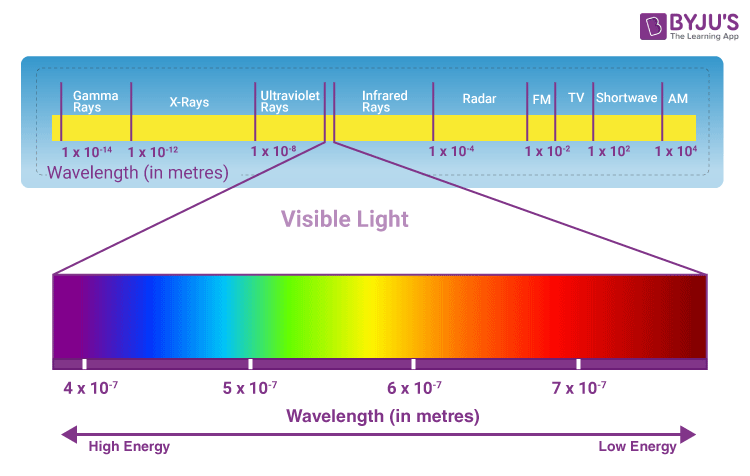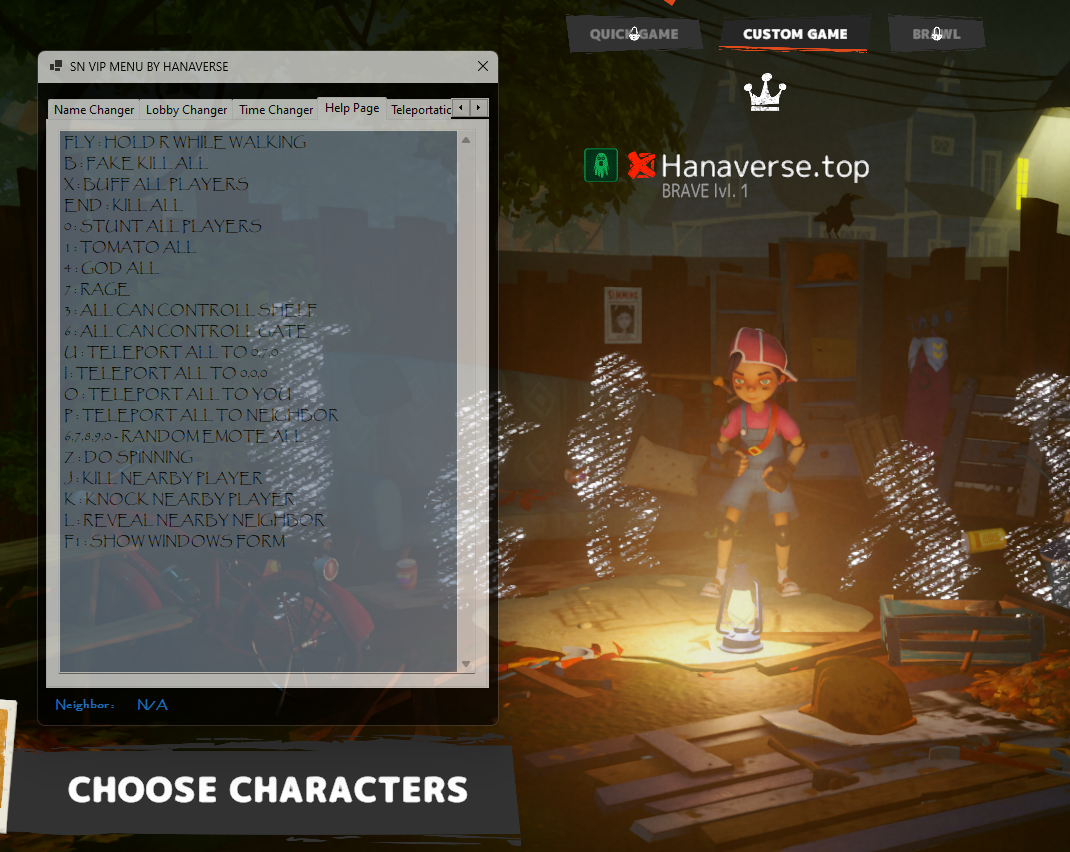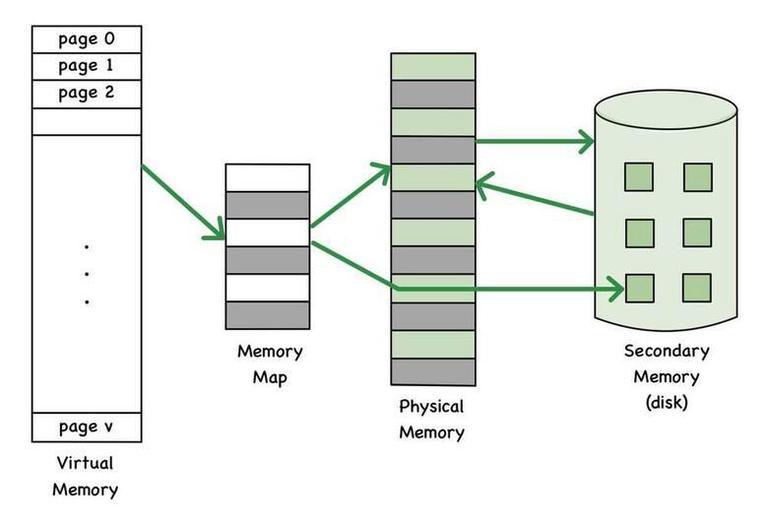Sponsorluk
How Wi-Fi Works: The Invisible Threads of Connectivity

How Wi-Fi Works: The Invisible Threads of Connectivity
In our increasingly connected world, Wi-Fi has become as essential as electricity. It's the invisible force that links our devices to the internet, allowing us to browse, stream, work, and play wirelessly. But how exactly does this magic happen? Let's pull back the curtain and explore the intricate mechanisms behind Wi-Fi.
The Fundamentals of Wi-Fi
At its core, Wi-Fi (Wireless Fidelity) is a wireless networking technology that uses radio waves to provide high-speed internet and network connections. It allows devices like smartphones, laptops, and smart home gadgets to communicate with each other and with the internet without physical cables.
The process begins with a Wi-Fi router, which acts as a central hub. The router receives internet data via a wired connection (e.g., fiber optic, DSL, cable) and converts it into radio signals. These signals are then broadcast wirelessly. Your devices, equipped with Wi-Fi adapters, pick up these signals, convert them back into data, and establish a connection. When you send data (e.g., loading a webpage), your device converts that data into radio signals and sends them back to the router, completing the two-way communication.
Signaling and Modulation
The "language" of Wi-Fi is carried through radio waves, which are a form of electromagnetic radiation. To transmit data, information is encoded onto these radio waves through a process called modulation. This involves altering properties of the radio wave, such as its amplitude, frequency, or phase, to represent binary data (0s and 1s).
Common modulation techniques used in Wi-Fi include:
- Phase-Shift Keying (PSK): Changes the phase of the carrier wave.
- Quadrature Amplitude Modulation (QAM): Combines changes in both amplitude and phase to encode more bits per symbol, increasing data rates. Higher-order QAM (e.g., 256-QAM, 1024-QAM) allows for more bits per symbol, but is also more susceptible to noise and interference.
The modulated signals are then transmitted as a series of pulses or symbols, each representing a certain number of bits.
Antenna Operation and Frequencies
Antennas are crucial components that convert electrical signals into radio waves for transmission and vice versa for reception. Their design and size are closely related to the wavelength of the radio waves they are designed to handle.
Wi-Fi Frequency Bands and Wavelengths:
Wi-Fi primarily operates on specific unlicensed radio frequency bands:
- 2.4 GHz Band:
- Frequency: 2.412 GHz to 2.484 GHz (channels 1-14, depending on region).
- Wavelength (λ): Approximately 12.5 cm (calculated as c/f, where c ≈ 3 × 108 m/s).
- Characteristics: Offers wider coverage and better penetration through obstacles due to its longer wavelength. However, it's more susceptible to interference from other devices (microwaves, Bluetooth, cordless phones) and has lower maximum data rates.
- 5 GHz Band:
- Frequency: 5.150 GHz to 5.825 GHz (numerous channels, often divided into UNII bands).
- Wavelength (λ): Approximately 5.8 cm.
- Characteristics: Provides higher data rates and less interference due to more available channels and shorter wavelength. However, its shorter wavelength means less penetration through walls and a shorter effective range compared to 2.4 GHz.
- 6 GHz Band (Wi-Fi 6E and Wi-Fi 7):
- Frequency: 5.925 GHz to 7.125 GHz.
- Wavelength (λ): Approximately 4.2 cm to 5.0 cm.
- Characteristics: Offers a vast amount of new, clear spectrum, leading to significantly higher speeds, lower latency, and reduced congestion, especially in dense environments. Its even shorter wavelength results in even less penetration and range than 5 GHz.
Bits per Symbol (Modulation Order):
The number of bits encoded per symbol depends on the modulation scheme (e.g., QAM level) and the coding rate. For example:
- BPSK (Binary PSK): 1 bit per symbol
- QPSK (Quadrature PSK):): 2 bits per symbol
- 16-QAM: 4 bits per symbol
- 64-QAM: 6 bits per symbol
- 256-QAM: 8 bits per symbol
- 1024-QAM (Wi-Fi 6/6E and 7): 10 bits per symbol
- 4096-QAM (Wi-Fi 7): 12 bits per symbol
Higher bits per symbol allow for greater data throughput but require a cleaner signal and less noise.
Optic to Electric Conversion (Fiber Optic to Wi-Fi)
Many modern internet connections, especially high-speed ones, rely on fiber optic cables to deliver data to your home or office. Wi-Fi, however, uses radio waves (electrical signals). This necessitates a conversion process.
This conversion typically happens at the Optical Network Terminal (ONT) or the modem/router provided by your Internet Service Provider (ISP). The process involves:
- Optical Signal Reception: The ONT receives light pulses carrying data through the fiber optic cable.
- Photodetector: Inside the ONT, a photodetector (often a photodiode) converts these light pulses into electrical current. The intensity of the light pulses dictates the strength of the electrical current.
- Amplification and Signal Processing: The weak electrical current is then amplified and processed by electronic circuits to reconstruct the original digital data.
- Ethernet/Wi-Fi Transmission: This digital data is then sent to the router's internal circuitry. From there, it can be distributed via Ethernet cables or converted into radio frequency (RF) signals for Wi-Fi transmission by the router's antenna.
Simplified Formula for Photodetector Current:
The current generated by a photodetector is proportional to the incident optical power. A simplified relationship is given by:
Where:
- I is the generated electrical current (Amperes).
- R is the responsivity of the photodetector (Amperes/Watt), which depends on the material and wavelength.
- Popt is the incident optical power (Watts).
This electrical current is then further processed and modulated into radio waves for Wi-Fi transmission.
Signal Propagation: Reflection and Penetration
Radio waves, like all electromagnetic waves, interact with their environment. Understanding these interactions is key to optimizing Wi-Fi performance.
Reflection Caused by Metal or Glass Walls:
- Metal Walls/Surfaces: Metal is an excellent conductor of electricity. When radio waves encounter a metal surface, the free electrons in the metal are set into motion, creating opposing electromagnetic fields. This causes a significant portion of the radio wave to be reflected, much like light reflecting off a mirror. This is why Wi-Fi signals struggle to pass through metal doors, filing cabinets, or appliances (like refrigerators). Metal acts as a Faraday cage, effectively blocking signals.
- Glass Walls: The behavior of glass depends on its composition and whether it has any special coatings.
- Standard Glass: Generally, standard glass is largely transparent to Wi-Fi radio waves, allowing them to pass through with minimal attenuation (loss of signal strength).
- Low-E (Low-Emissivity) Glass: Many modern buildings use Low-E glass, which has thin metallic coatings designed to reflect infrared (heat) radiation. These metallic coatings can also reflect Wi-Fi signals, causing significant signal degradation or blockage, similar to how metal walls behave.
- Tinted/Treated Glass: Some tinted or specially treated glass may also contain metallic elements or films that can reflect or absorb radio waves.
How Signal Penetrates Walls:
When a radio wave encounters an obstacle, it can be reflected, absorbed, or transmitted (penetrate). The degree of penetration depends on the material, its density, thickness, and the frequency of the radio wave.
- General Walls (Drywall, Wood, Plaster): These materials are relatively porous and non-conductive. Wi-Fi signals can generally penetrate them, but they experience some attenuation. The signal strength decreases as it passes through, and thicker walls cause more loss. Lower frequencies (2.4 GHz) penetrate these materials better than higher frequencies (5 GHz, 6 GHz) due to their longer wavelengths.
- Concrete/Brick Walls: These are much denser and can contain rebar (metal reinforcement). They cause significant attenuation and reflection. Penetration is much harder, and signal strength drops dramatically. Again, 2.4 GHz performs better than 5 GHz or 6 GHz.
- Glass Walls: As discussed, standard glass allows good penetration, but Low-E or metal-coated glass can severely impede signals due to reflection.
- Metal Walls: Metal walls are highly reflective and act as a barrier, virtually preventing signal penetration. Signals are almost entirely reflected, creating "dead zones" behind them.
From the optical signals in fiber to the radio waves in the air, Wi-Fi is a marvel of engineering that seamlessly connects our digital lives. By understanding its underlying principles, we can better appreciate the technology and troubleshoot connectivity issues more effectively.








